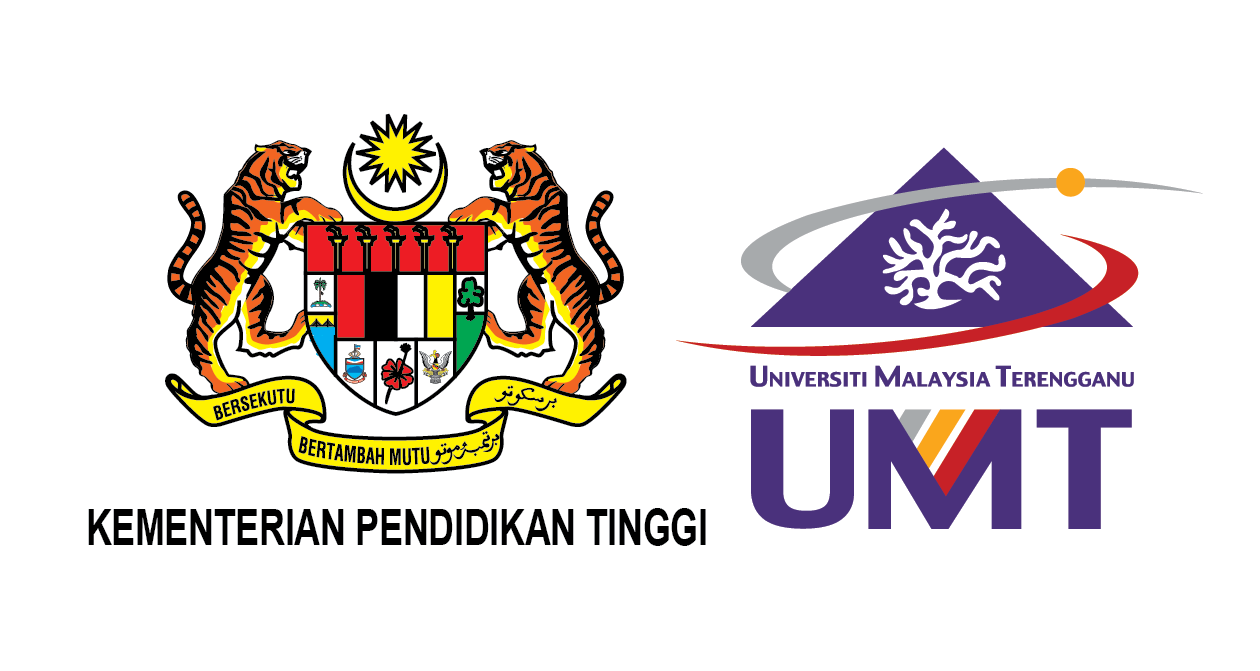Please use this identifier to cite or link to this item:
http://umt-ir.umt.edu.my:8080/handle/123456789/13561| Title: | Application Of Soft Classification For Sub Pixel Analysis Of Shoreline Mapping Using Simulated Coarse Resolution Satellite Imageries |
| Authors: | Nurliyana Binti Razman Institute of Oceanography and Environment |
| Keywords: | Nurliyana Binti Razman GB 3 .N8 2014 |
| Issue Date: | Feb-2014 |
| Publisher: | Universiti Malaysia Terengganu |
| Abstract: | This study aimed to explore on image processing techniques to determine the shoreline at the sub-pixel level by using simulated coarse satellite sensor imagery and to examine the potential of soft classification on shoreline mapping of Kuala Terengganu coastal area. In general, to map shoreline require two types of imagery; fine and coarse spatial resolution which taken on the same day, date, time and area. However due to the lack of data obtained, this study used simulated 10 m and 20 m coarse spatial resolution imagery from 2.5 m fine spatial resolution imagery. The performances of three soft classifications on simulated coarse satellite imagery were evaluated mainly Fuzzy Set Theory classification, Bayesian classification and Demspter-shafer classification. Unlike conventional classification, in soft classification the composition information in a pixel can be extracted which allows the shoreline to be mapped within image pixels producing an accurate and realistic prediction of the shoreline. This method was applied to different shape of shoreline extracts; Area I (linear or cross to lying along pixel orientation), Area II (shoreline orientation changes abruptly with respect to pixel grid) and Area III (linear shoreline) for 10 m and 20 m imagery. From the result, it showed that the accuracy of shoreline prediction varied according to shoreline orientation and shape. Shoreline generated from contouring soft classification for linear shoreline area (Area III) produced the most accurate predicting shoreline with RMSE value less than 1.4 m from Fuzzy Sigmoidal classification. When the shoreline was aligned exact parallel to the column of the pixel grid, the accuracy was increased. However, in certain area, Bayesian showed the potential on producing shoreline with RMSE lower than 2 m. Overall, the effects of spatial resolution were very similar. The coarser the spatial resolution, the accuracy decreased. From the results, Fuzzy Sigmoidal though showed less effect on spatial resolution. |
| URI: | http://umt-ir.umt.edu.my:8080/xmlui/handle/123456789/13561 |
| Appears in Collections: | Institut Oseanografi |
Files in This Item:
| File | Description | Size | Format | |
|---|---|---|---|---|
| GB 3 .N8 2014 Abstract.pdf | 163.18 kB | Adobe PDF | View/Open | |
| GB 3 .N8 2014 Full Text.pdf Restricted Access | 2.83 MB | Adobe PDF | View/Open Request a copy |
Items in UMT-IR are protected by copyright, with all rights reserved, unless otherwise indicated.

